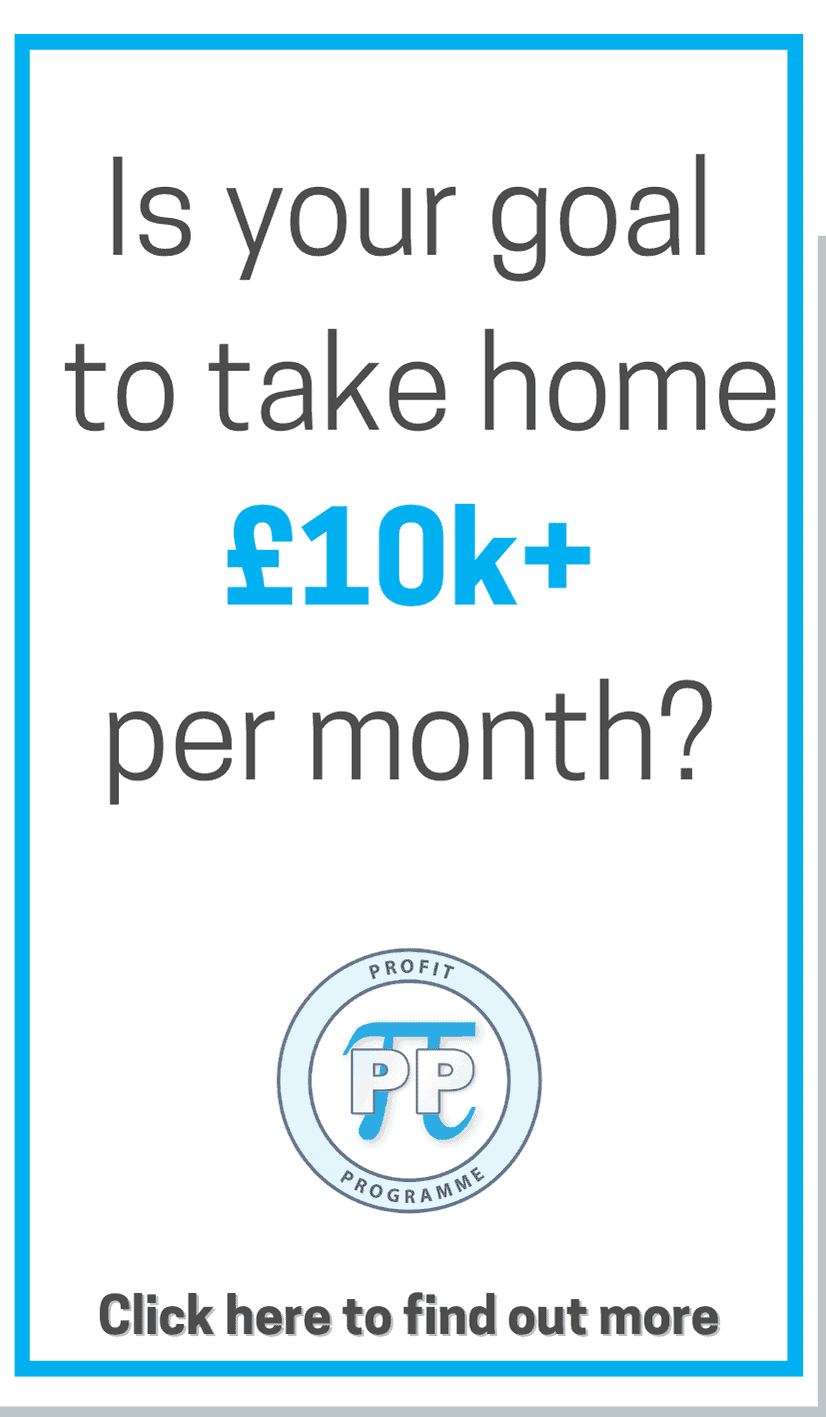Medical insurance paid by the employer, is considered to be a taxable benefit in kind by HMRC.
It is a benefit (like cars and gym memberships) that the company paid on the employees behalf and is part of their employment or remuneration package.
This has to be reported to HMRC at the end of each payroll year as part of the employers P11D submission and will appear on the employees P11D.
HMRC will reduce the employees tax free allowance to account for the additional tax due.
If you are the employer – staff don’t often appreciate or forget that medical insurance is a taxable benefit and considered to be part of their ’employment package’. It might be worth reminding them when you give out the P11D”s later so they are not shocked when their tax code is reduced.
Simple explanation:
- A typical tax code of 1060L gives the employee £10600 of tax free pay per year – saving £2120 in tax at 20%
- If an employee receives a benefit of say £300 of medical insurance then the tax allowance of £10600 is reduced by £300 to £10300 (1030L) – saving £2060 in tax at 20%
- The difference in tax allowed £2120 – £2060 = £60 – which is the tax to be collected on the £300 (ie £300 x 20%)
- What this means in real terms (in this example) is that the employee ‘pays’ £60 for a medical insurance policy worth £300
- Company healthcare schemes often provide a higher level of benefit for a lower cost than the employee could get with a personal policy, so there may be a hidden benefit there too
- It does also mean that staff would have received the benefit in 2014-15 but the tax due is collected in arrears in 2015-16 through their tax code. This often catches them out when they leave a scheme or company – they expect their tax free allowance to be increased immediately but it takes tax another year to filter though the system and catch up.
If you have any queries on this article, please raise a support call with [email protected].





